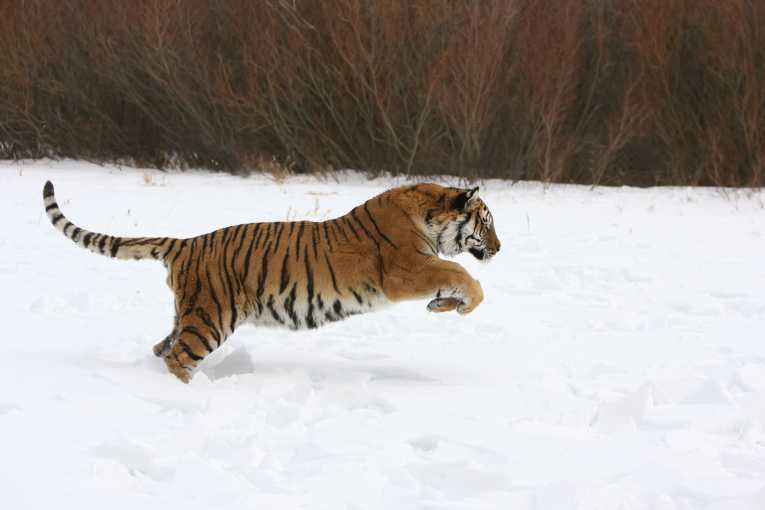The Critically Endangered Siberian tiger has an effective population of just 14 animals - that's the worrying conclusion of a recent study into these stunning cats.
Troubling times for Siberian tigers
The Siberian tiger, also known as the Amur tiger, is the world's largest cat. Previously it ranged far across northern China, Korea and south eastern Russia. In the early 20th Century the Siberian tiger was driven close to extinction through poaching and habitat loss and was wiped out from 90% of its once large range. By the 1940s, only 20 to 30 wild Siberian tigers remained. Over the past 60 years, the population has increased to 500. However, scientists have recently discovered that the effective population of Siberian tigers is just 14.
Effective population
Effective population is a measure of the genetic diversity of a species. A low effective population means that there is low genetic diversity within the Siberian tiger population as a whole.
A more genetically diverse population of Siberian tigers has much better chance of survival. A genetically diverse population is more likely to have resistance to a variety of diseases and is less likely to succumb to rare genetic disorders. Low genetic diversity means that any rare genetic disorders, mutations or susceptibility to disease is likely to be passed on to the next generation.
The authors of the paper suggest that the decimation of Siberian tiger populations is to blame for the current low effective population. As the breeding population of Siberian tigers was critically low in the early 20th Century, the variety of genes being passed from one generation to the next was dramatically reduced.
This is known as a 'genetic bottleneck'. So, despite the population recovery, the Siberian tiger has still not recovered from the effects of hunting and habitat loss in the early 20th Century.
Sadly, the authors of the paper said: "The worryingly low effective population size challenges the optimism for the recovery of the huge Siberian cat."
To view the study, go to the Mammalian Biology journal on Science Direct.










